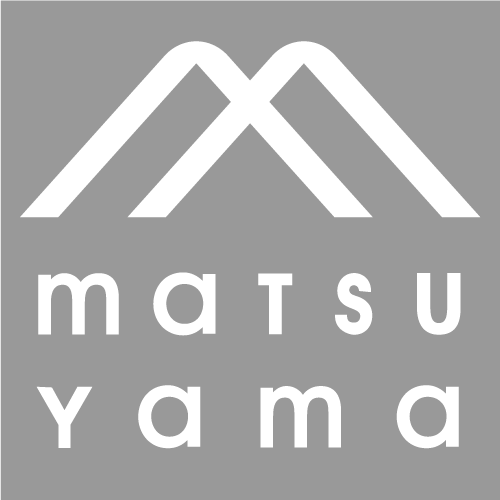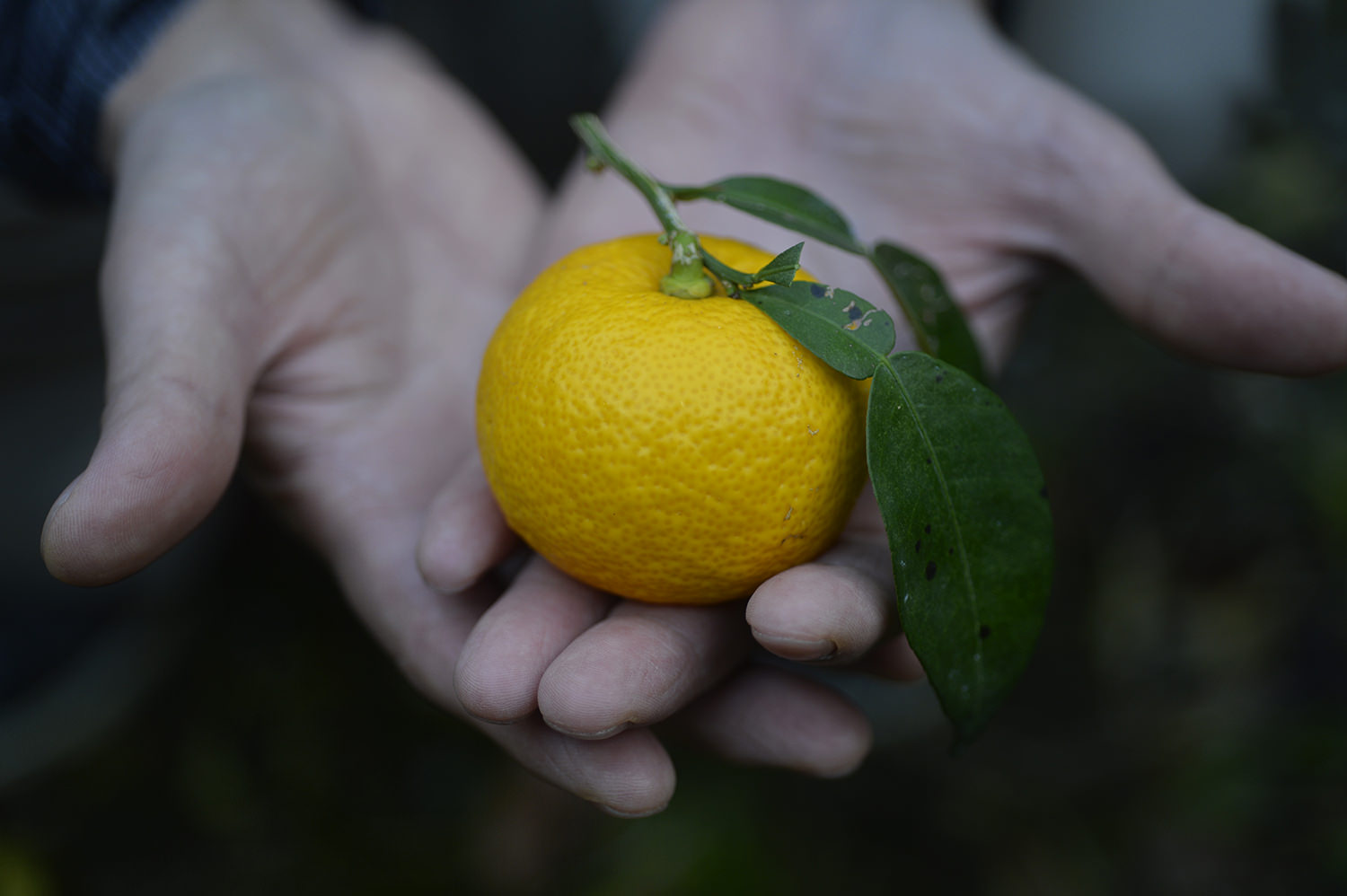Detergent. The fatty acids in natural oils and fats are combined with sodium caustic soda (sodium hydroxide) to form soap (sodium fatty acid). Soap made by the kettle burning method, in which caustic soda is added to natural oils and fats, contains glycerin, a natural moisturizing ingredient, so it does not leave the skin feeling tight after washing. The process of neutralizing fatty acids by adding caustic soda to them is also used. Matsuyama Yushi carefully selects and combines vegetable oils such as coconut oil and palm oil, plant-derived fatty acids, and beef tallow, which has a high melting point and produces a creamy foam suitable for soap, as raw materials for soap base. The manufacturing process, types of fatty acids, and amounts of the fatty acids are adjusted to create the soap base according to the detergency and foam quality required for the soap to be used.

